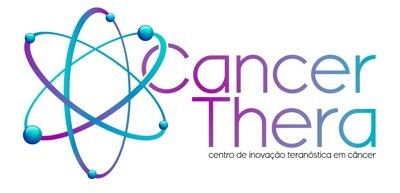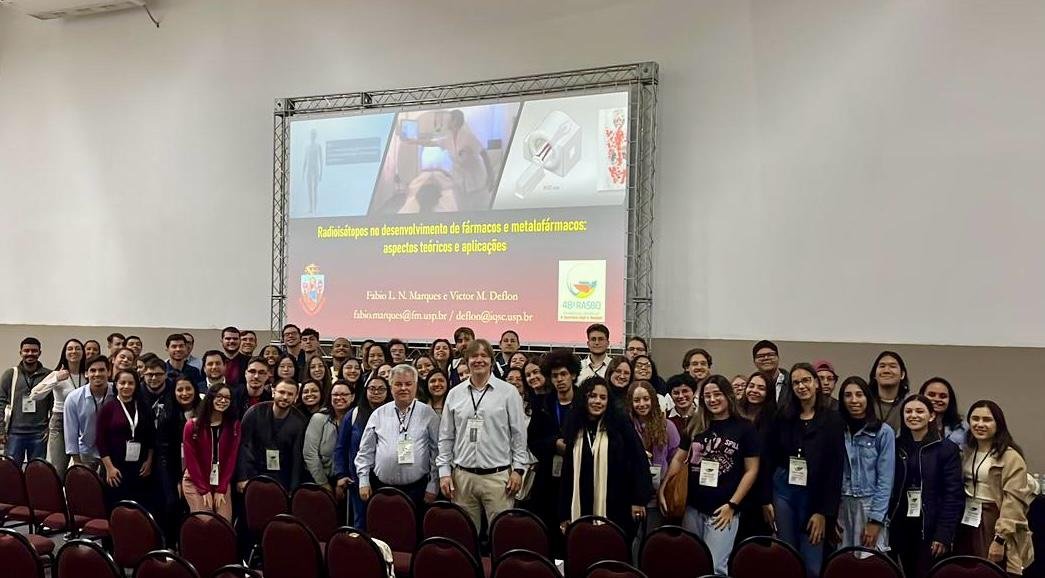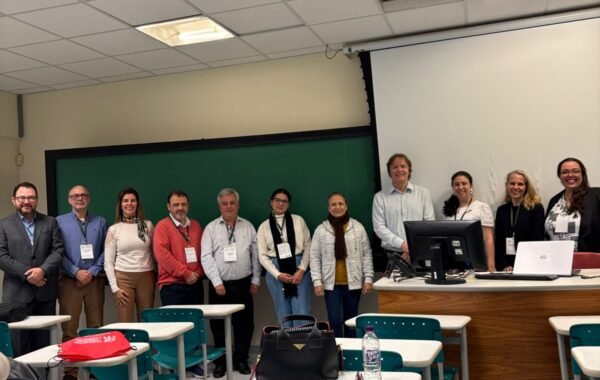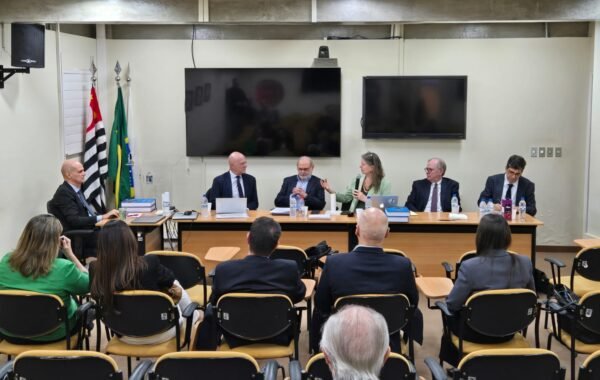“When people hear the term ‘radiation’, the first things that come to mind are ‘atomic bombs’ and ‘nuclear accidents,’” says Dr. Fabio Luiz Navarro Marques, chemist, researcher at the Radiology Institute of the Hospital das Clínicas of the University of São Paulo (USP), and member of the CancerThera CEPID. Marques’ statement illustrates the low level of scientific literacy and the impact of misinformation when nuclear technologies come up in everyday conversation.
Even among students in science-related fields, there is still a lack of clarity. “When undergraduate Chemistry or Pharmacy students are asked about ‘radioisotopes,’ there are many responses, but few relate them to their use in the form of radiopharmaceuticals for disease diagnosis or treatment,” he adds.
Radioisotopes — also known as radionuclides — are variants of chemical elements with unstable nuclei that spontaneously transform into stable ones by emitting radiation in the form of particles (alpha or beta) and/or photons (gamma rays). Radiopharmaceuticals, in turn, are compounds that combine drugs with affinity for specific tissues or organs and radioisotopes for various medical or research purposes.
Once administered to a patient, the radiation emitted by the radioisotope allows for a range of uses, from tracking biological processes to diagnostic imaging (such as PET scans) and therapeutic interventions like targeting and destroying tumor cells — making them valuable tools in both research and clinical settings.
Broadening professional horizons and combating misinformation
To address the lack of reliable and accurate information on radiopharmaceutical use in health sciences, the short course “Radioisotopes in the development of drugs and metallopharmaceuticals: theoretical aspects and applications” was held during the 48th Annual Meeting of the Brazilian Chemical Society (SBQ), from June 8 to 11 at Expo Dom Pedro, in Campinas (SP).
Led by Marques in partnership with Dr. Victor Marcelo Deflon, a chemist and professor at the Institute of Chemistry of São Carlos (USP), and a principal researcher at CancerThera CEPID, the introductory-level course gathered undergraduate, graduate students and chemistry professionals to explore both theoretical foundations and real-world applications of radiopharmaceuticals in biological, biochemical, and medical research.
Deflon emphasized the importance of offering “complementary training to Chemistry students, at both undergraduate and graduate levels, in Nuclear Chemistry and its application in Nuclear Medicine for the development of drugs and radiopharmaceuticals.” He highlighted the need to understand different types of radiation, half-life durations, and production logistics to make informed decisions regarding the use of reactors, cyclotrons, and generators for obtaining radioisotopes.
Marques also stressed the importance of guiding students toward promising career paths and helping to combat misinformation about radiation. “Introducing the concept of radioisotopes and their applications in research and medicine can help students shape their academic and professional paths and become agents of accurate information about the peaceful and beneficial use of radiation,” he said.
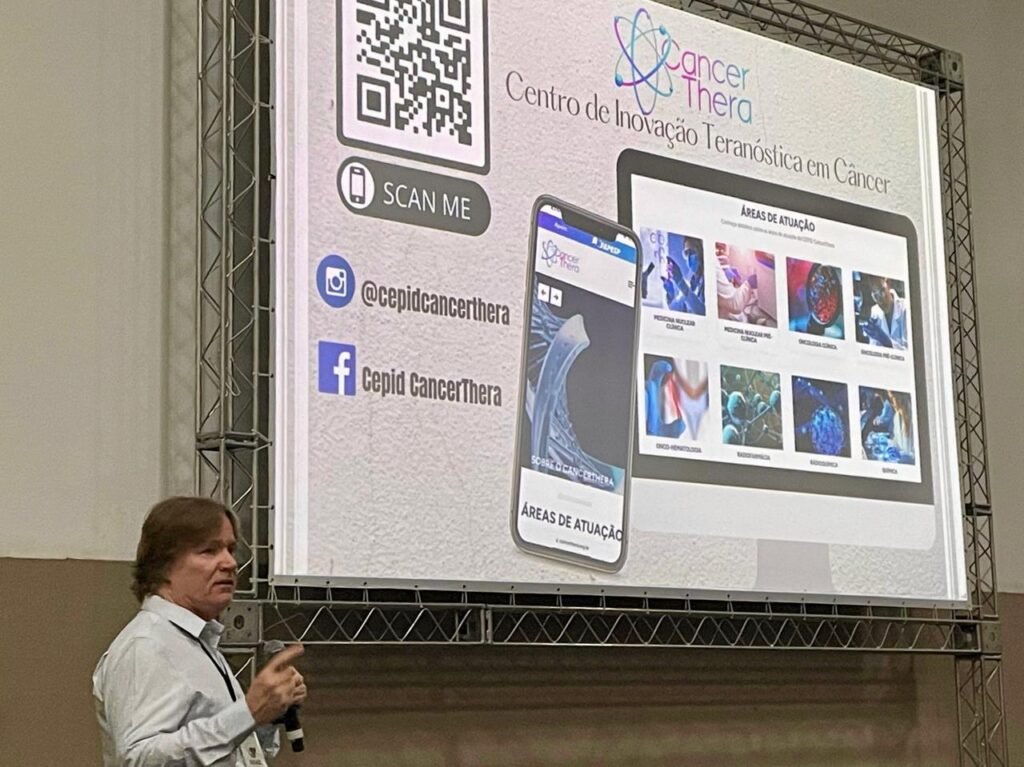



Theranostics in focus
A portion of the course focused on Theranostics — a model that combines diagnosis and therapy through radiopharmaceuticals, especially in cancer care. In this Nuclear Medicine approach, a radiopharmaceutical labeled with a gamma- or positron-emitting radioisotope is administered to map tumor locations in the body. Then, the same molecule — now labeled with an alpha- or beta-emitting radioisotope — is administered again to destroy cancer cells.
At CancerThera CEPID, Deflon’s research focuses on improving the stability of the bond between the molecules and radioisotopes. “We explored the existence of different radioisotope pairs of the same metal or similar elements with homologous chemical properties but different radioactive decay profiles, as potential theranostic pairs,” he explained.
The advantage of the theranostic model, he added, is “leveraging the same development framework in terms of chemical stability and biodistribution, allowing you to simply replace one radioisotope with another while maintaining effectiveness for both diagnosis and therapy.”
Course outcomes
By offering participants a comprehensive view of radiopharmaceutical studies and applications, the course reaffirmed the strategic role of Nuclear Chemistry in advancing personalized medicine and strengthening Brazil’s radiopharmaceutical production and innovation chain. “The interest was great. We had around 100 participants with strong engagement during and after the sessions,” Marques noted.
As a direct result, collaborative doctoral research projects are already being planned at the Federal University of Rio de Janeiro, São Paulo State University, and USP — with CancerThera offering radioisotopes to expand these initiatives.
Additionally, the SBQ, in collaboration with the Brazilian Society of Nuclear Biosciences, is organizing an online course to extend this training to Chemistry students across Brazil.
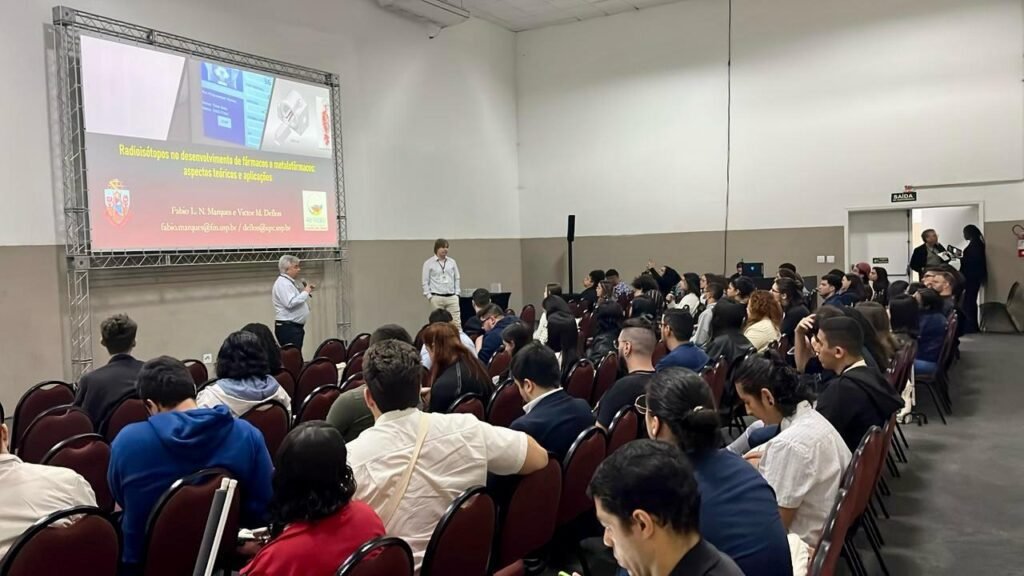
Text: Romulo Santana Osthues | Photos: Personal archive


